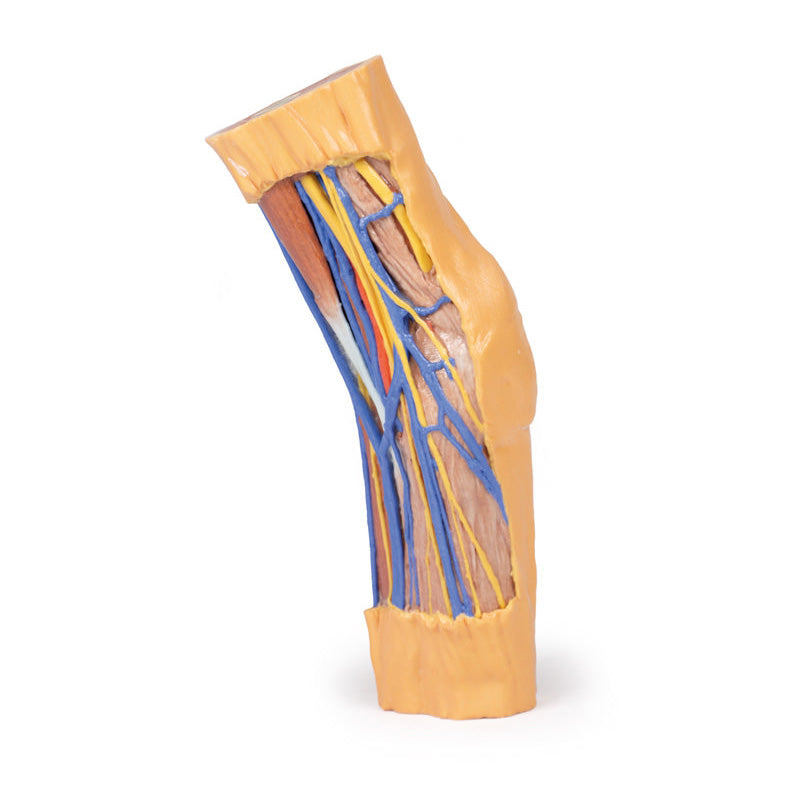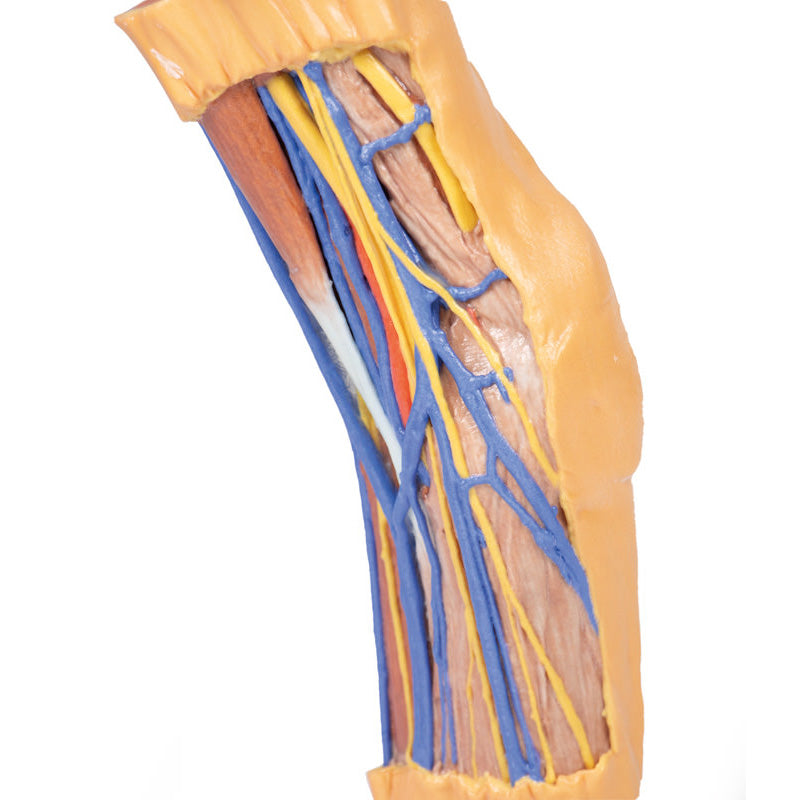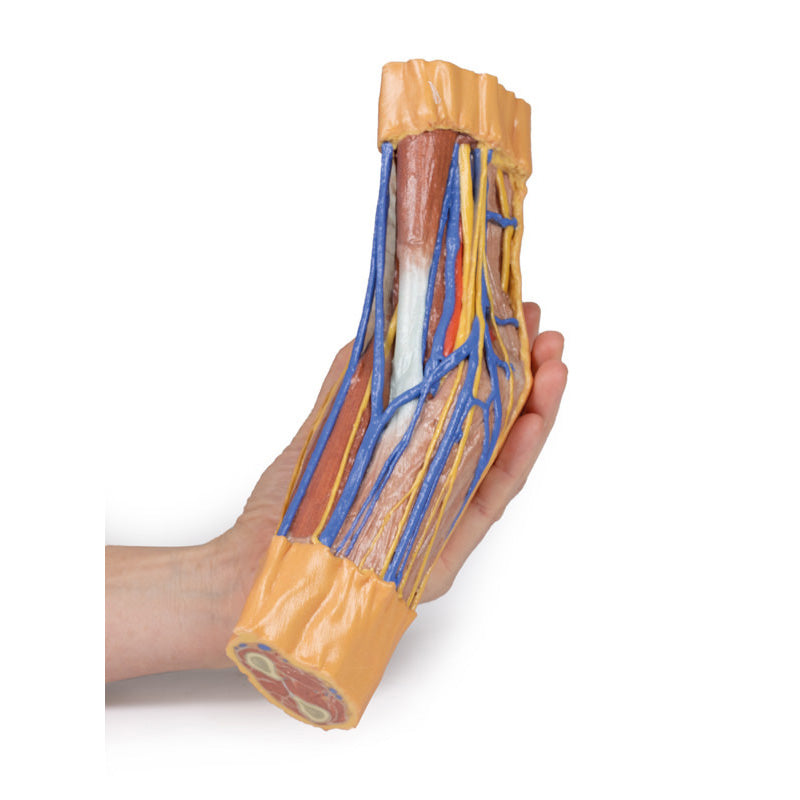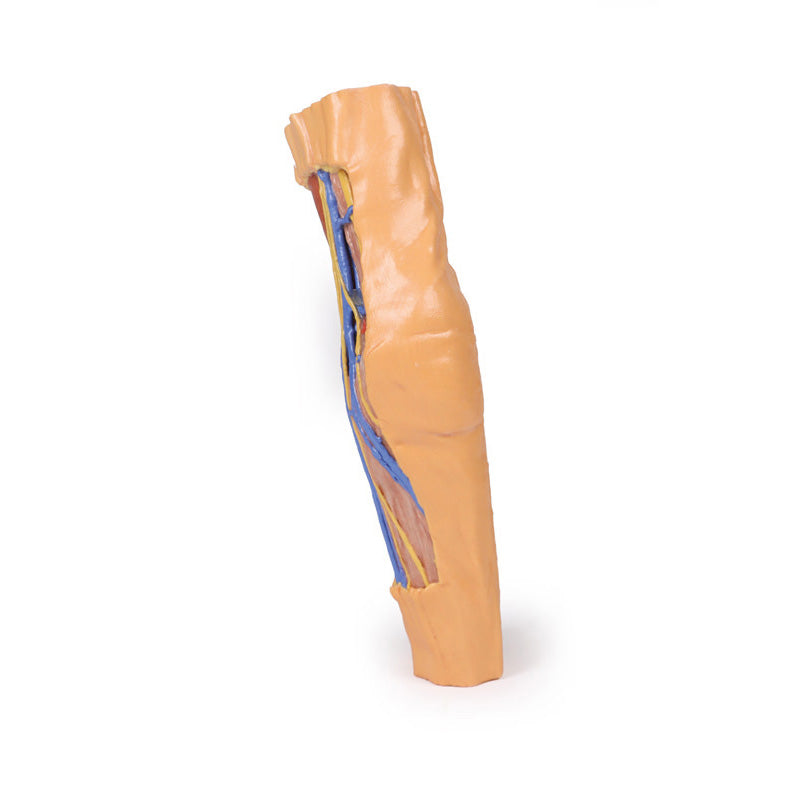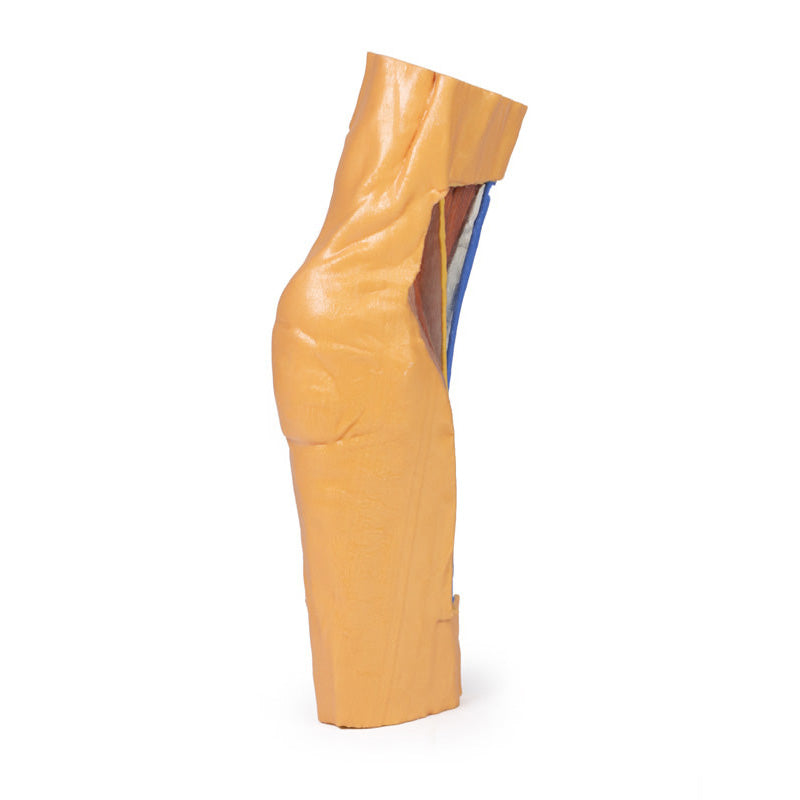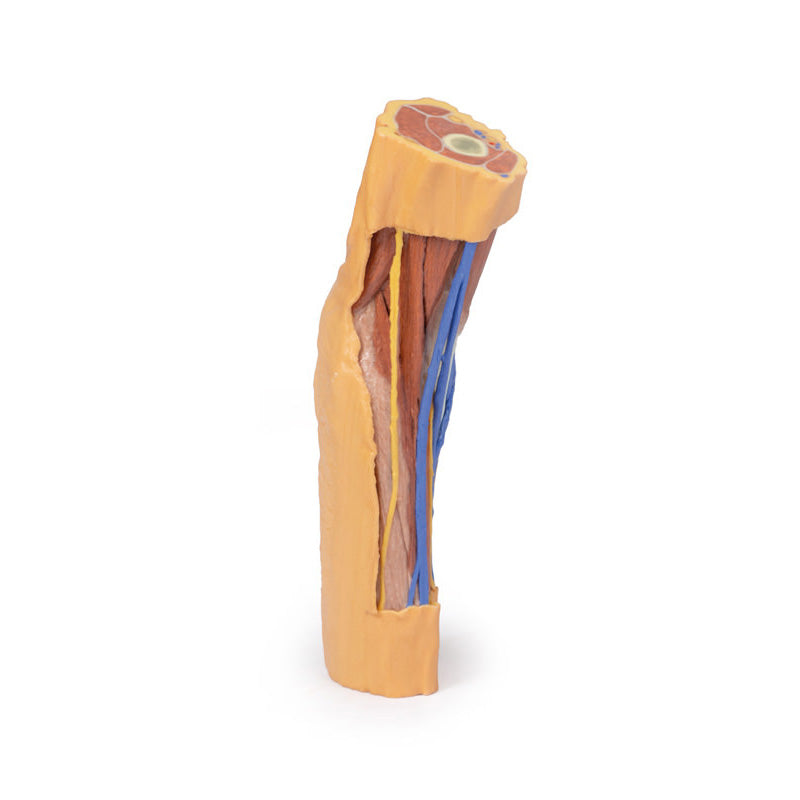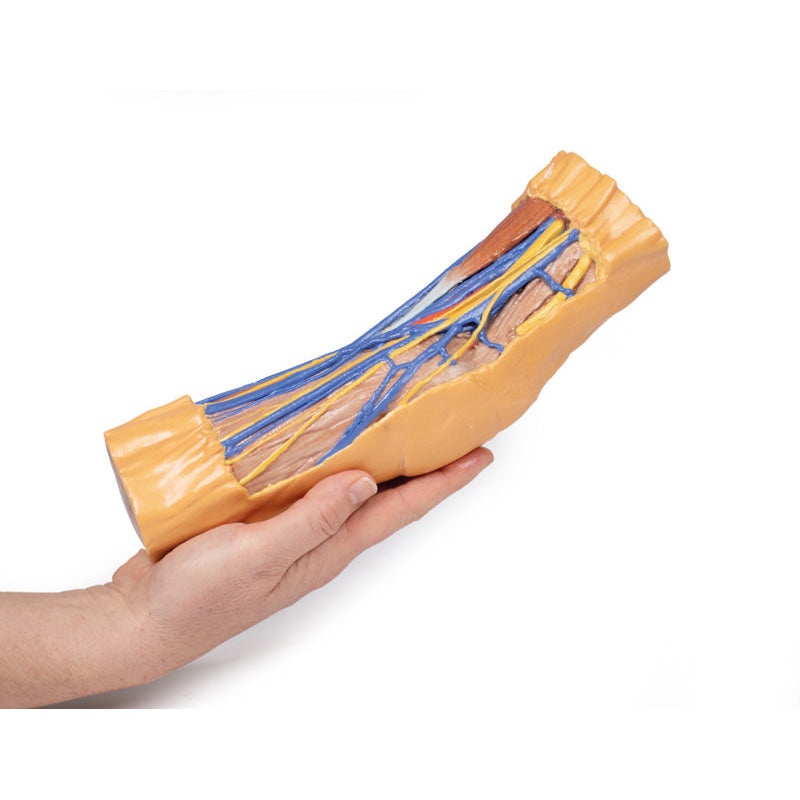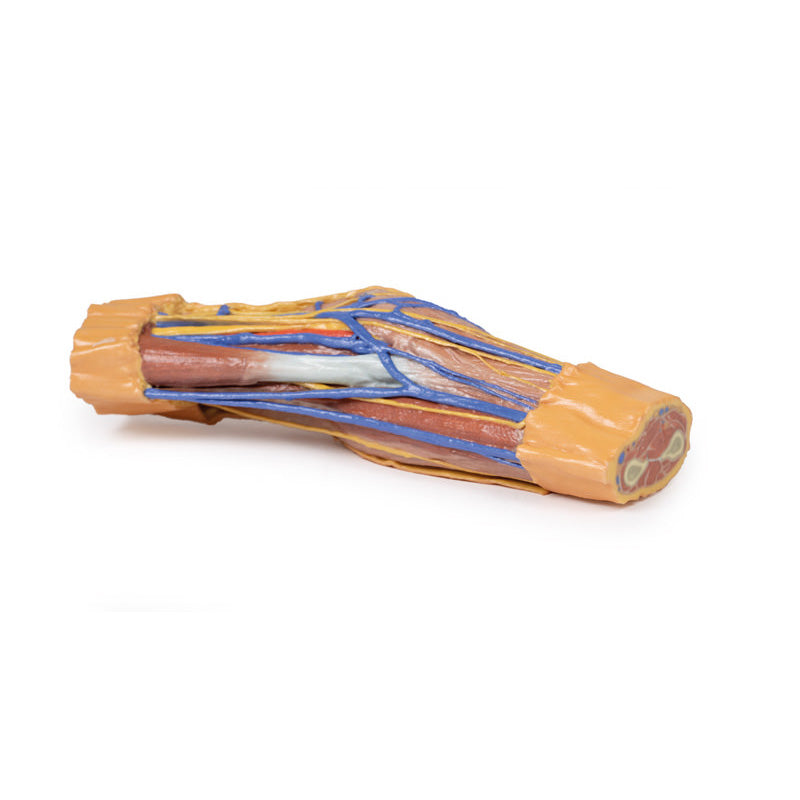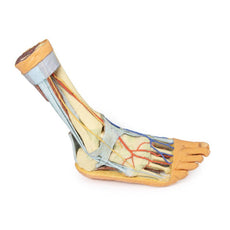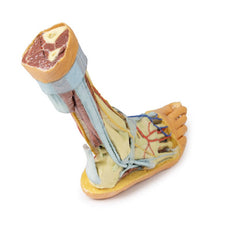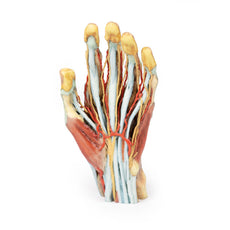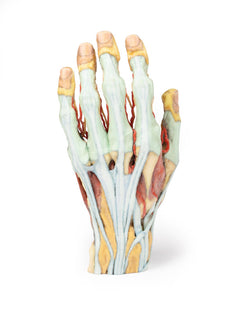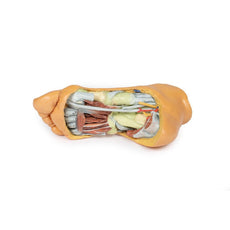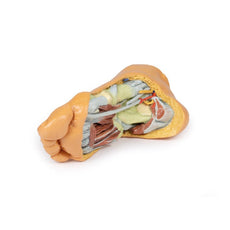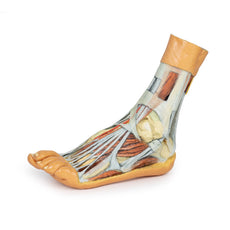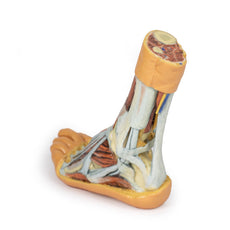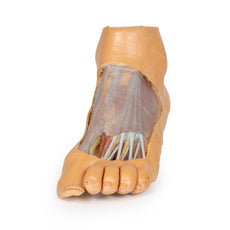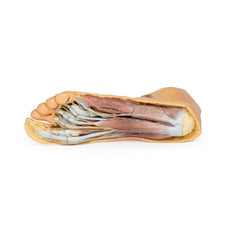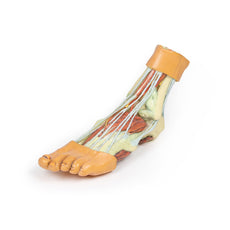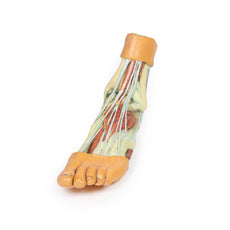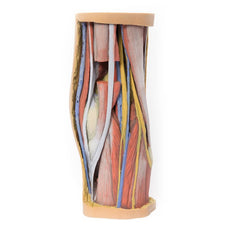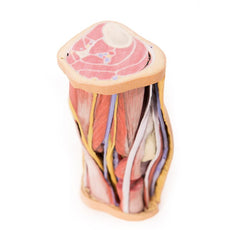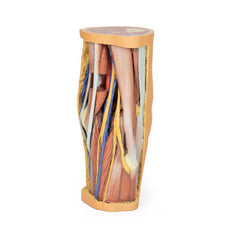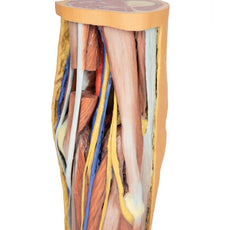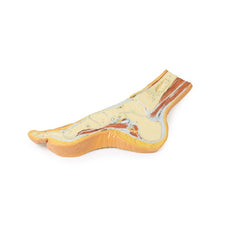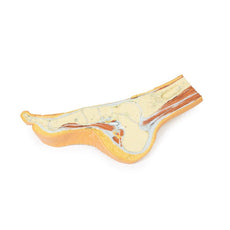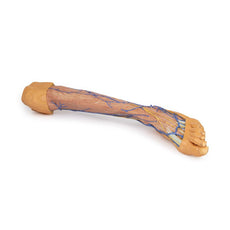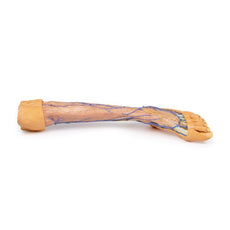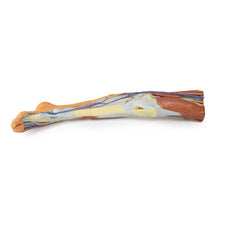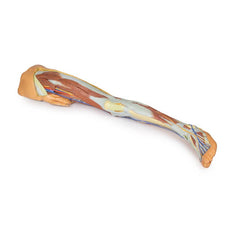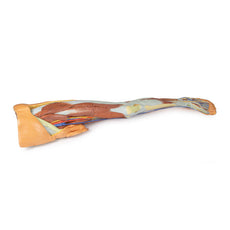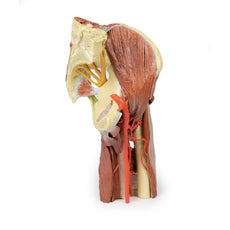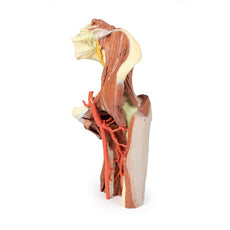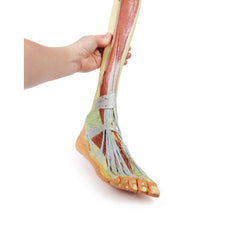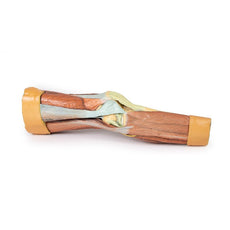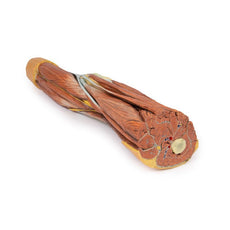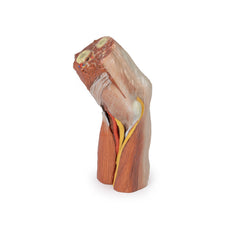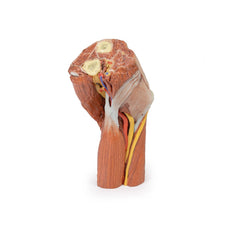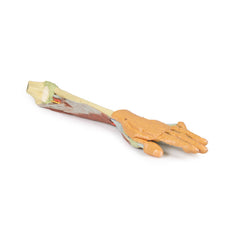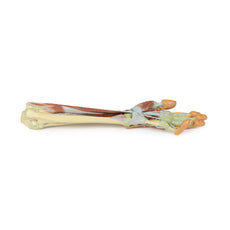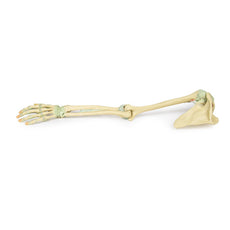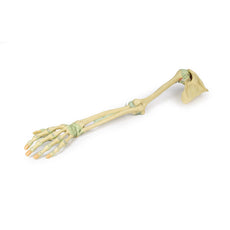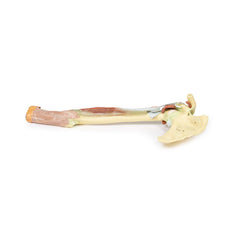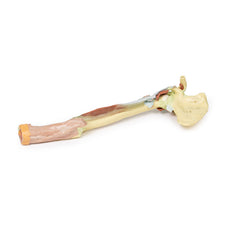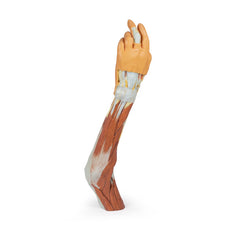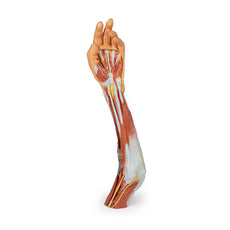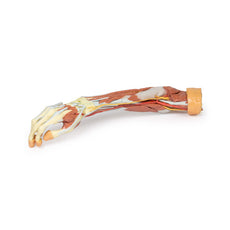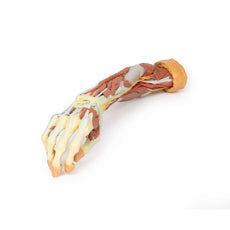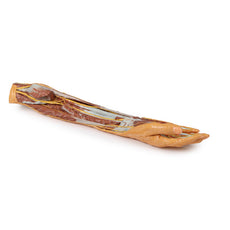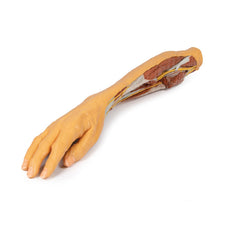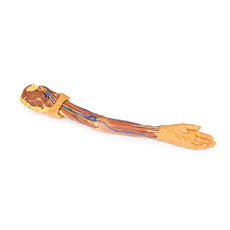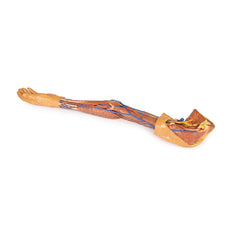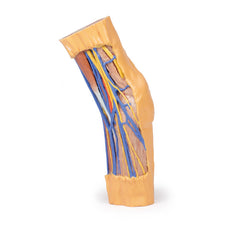Your shopping cart is empty.
3D Printed Cubital Fossa Model
Item # MP1750Need an estimate?
Click Add To Quote

-
by
A trusted GT partner -
FREE Shipping
U.S. Contiguous States Only -
3D Printed Model
from a real specimen -
Gov't pricing
Available upon request
3D Printed Cubital Fossa
This 3D printed cubital fossa displays a superficial dissection of the right distal arm and proximal forearm. The skin and superficial fascia has been removed anteriorly, medially and laterally to expose the superficial veins (basilic, cephalic, and median cubital) and cutaneous (medial, lateral and posterior antebrachial) nerves.The deep fascia underlying these superficial structures has been largely removed, although the antebrach
3D Printed Cubital Fossa
This 3D printed cubital fossa displays a superficial dissection of the right distal arm and proximal forearm. The skin and superficial fascia has been removed anteriorly, medially and laterally to expose the superficial veins (basilic, cephalic, and median cubital) and cutaneous (medial, lateral and posterior antebrachial) nerves.The deep fascia underlying these superficial structures has been largely removed, although the antebrachial fascia has been retained medially to demonstrate the merging of connective tissue fibres with the tendon of the biceps brachii through the bicipital aponeurosis. Medially, the ulnar artery is visible entering the cubital tunnel proximal to the medial epicondyle of the humerus. Anteriorly, the median nerve, brachial artery and accompanying veins in parallel to the biceps brachii. On the lateral aspect, the cephalic vein rests on the brachioradialis muscle, and the posterior antebrachial cutaneous nerve rests on the common origin of the forearm extensor muscles (and just anterior to the exposed origin of the triceps brachii muscle).
The proximal cross-section displays the anterior and posterior arm compartment muscles (biceps brachii, brachialis, triceps brachii), neurovascular bundles (median, ulnar, radial nerves; brachial artery and veins) and superficial veins (basilic, cephalic) visible at the midshaft of the humerus. The distal cross-section displays the anterior and posterior forearm compartment muscles separated by the interosseous membrane, as well as the superficial and deep neurovascular bundles (radial artery, vein and superficial branch of the radial nerve; ulnar artery, vein and nerve; median nerve; anterior and posterior interosseous arteries, veins and nerves) and the distal continuations of the superficial veins and cutaneous nerves.
Download Handling Guidelines for 3D Printed Models
GTSimulators by Global Technologies
Erler Zimmer Authorized Dealer
The models are very detailed and delicate. With normal production machines you cannot realize such details like shown in these models.
The printer used is a color-plastic printer. This is the most suitable printer for these models.
The plastic material is already the best and most suitable material for these prints. (The other option would be a kind of gypsum, but this is way more fragile. You even cannot get them out of the printer without breaking them).The huge advantage of the prints is that they are very realistic as the data is coming from real human specimen. Nothing is shaped or stylized.
The users have to handle these prints with utmost care. They are not made for touching or bending any thin nerves, arteries, vessels etc. The 3D printed models should sit on a table and just rotated at the table.





